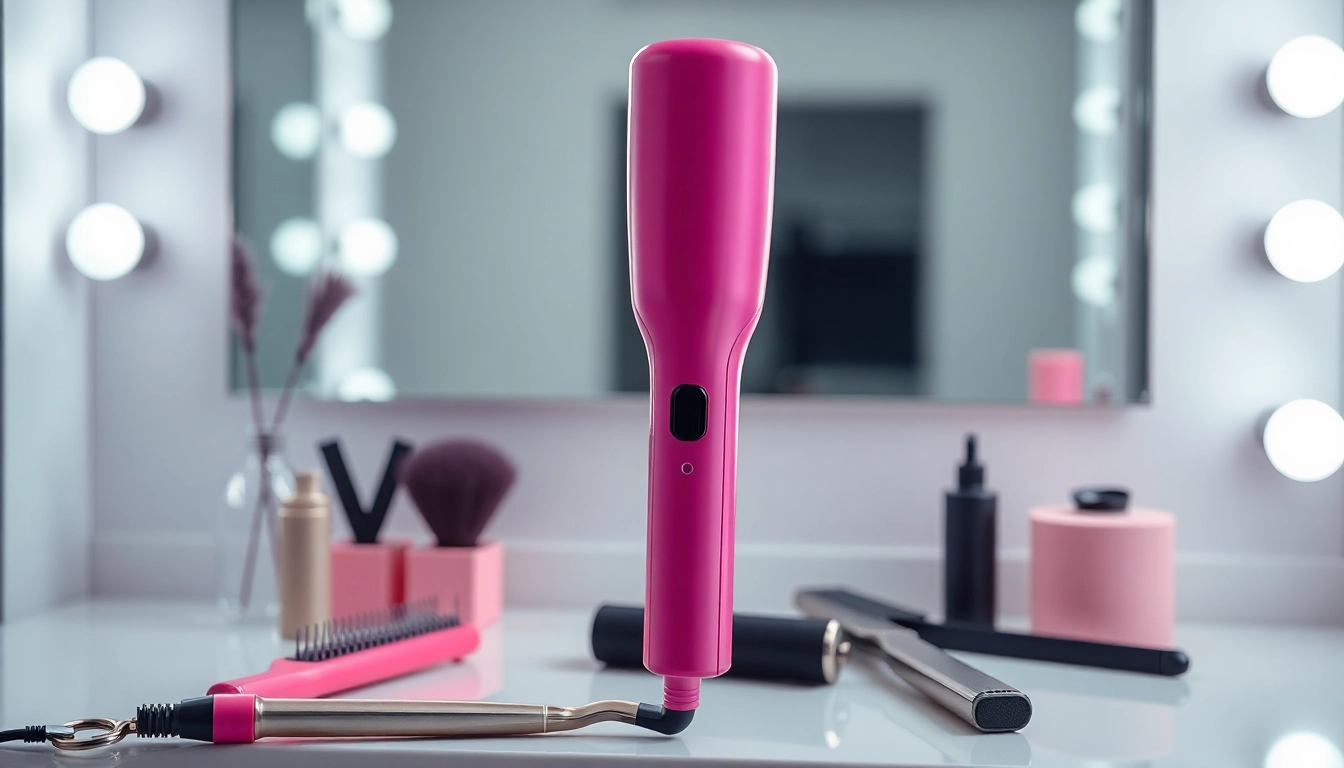Understanding Cabinet Hinges: Types and Applications
Overview of Cabinet Hinge Types
Cabinet hinges are essential components in cabinetry that allow doors and furniture to swing open and closed smoothly. The variety of cabinet hinges on the market accommodates different styles, designs, and functional needs. Some of the most common types of cabinet hinges include:
- Concealed Hinges: These hinges are hidden when the cabinet door is closed, providing a clean look. They are popular in modern cabinetry, especially in European designs.
- Continuous Hinges: Also known as piano hinges, these run the entire length of the door. They distribute weight evenly, making them ideal for heavier doors.
- Overlay Hinges: Overlay hinges allow cabinets to have doors that overlap the cabinet frame. They come in various styles, including half overlay and full overlay options.
- Inset Hinges: Unlike overlay hinges, inset hinges allow the door to sit flush with the cabinet frame. This style is often seen in traditional cabinetry.
- Soft-Close Hinges: These are designed to prevent cabinet doors from slamming shut, employing a hydraulic mechanism for a gentle close.
- Lift-Off Hinges: Ideal for doors that need to be removed easily, these hinges allow for quick disconnection without tools.
Common Applications of Cabinet Hinges
Cabinet hinges are highly versatile and can be used in various applications beyond just kitchen cabinets. Here are some common uses:
- Kitchen Cabinets: The most frequent application, kitchen cabinets use a mix of concealed and soft-close hinges to maintain aesthetics and functionality.
- Bathroom Vanities: In this setting, moisture-resistant hinges are used to prevent rust and ensure longevity.
- Furniture: Furniture items such as desks, wardrobes, and cabinets often utilize various hinge types to balance design with user accessibility.
- Commercial Settings: Retail displays and office cabinetry use robust hinges designed for extensive usage.
How to Choose the Right Cabinet Hinge
Selecting the right cabinet hinge involves considering several factors, including the weight and thickness of the cabinet door, the style of cabinetry, and the desired functionality. Start by evaluating the following:
- Door Weight: Heavier doors may require more robust hinges, such as continuous or heavy-duty hinges.
- Door Thickness: Ensure the hinge chosen accommodates the thickness of the door; most hinges come with specifications for door widths and weights.
- Desired Look: Choose a hinge style that complements your cabinetry style—modern cabinets may benefit more from concealed hinges, while traditional cabinetry might look better with visible, decorative options.
- Functionality: Evaluate whether soft-close or quick-release features are needed based on the use-case scenario.
Key Players in the Cabinet Hinge Manufacturing Industry
Leading Cabinet Hinge Manufacturers
Numerous manufacturers compete in the cabinet hinge market, each offering unique products tailored to various consumer needs. Here are some of the most reputable manufacturers known for their high-quality cabinet hinges:
- Blum: Renowned for its innovative designs, Blum offers a range of hinge systems including soft-close and adjustable options.
- Amerock: Popular for decorative hardware, Amerock provides a wide selection of stylish cabinet hinges suitable for various home decor.
- Grass: This manufacturer is known for its precision-engineered hinges that combine functionality with aesthetics.
- Häfele: A global leader, Häfele offers an extensive range of cabinet fittings, including heavy-duty solutions.
- TALLSEN: As a leading supplier of cabinet hinges, TALLSEN prioritizes quality and cost-effectiveness, making them a favorite among contractors and designers alike. More about their offerings can be found on their Cabinet Hinge Manufacturers page.
Innovation in Cabinet Hinge Design
The cabinet hinge industry is consistently evolving, with manufacturers focusing on innovative solutions to enhance user experience and design adaptability. Notable innovations include:
- Self-closing mechanisms: These hinges automatically pull the cabinet door to a close, preventing accidental slamming.
- 360-degree rotation: Some designs allow for full rotation, improving accessibility in tight spaces.
- Smart technology: Integration with smart home automation systems is becoming a noteworthy trend, enabling controlled access to cabinet contents through sensor technology.
Market Trends Impacting Manufacturers
As the cabinet industry grows, several market trends influence hinge manufacturing. Key factors include:
- Sustainability: Manufacturers are increasingly adopting eco-friendly practices, using recyclable materials, and reducing waste during production.
- Customization: With consumers seeking personalized home solutions, manufacturers that offer customizable hinges are gaining traction.
- Technological advancements: The incorporation of technology in cabinetry is pushing manufacturers to innovate and provide products that integrate seamlessly with smart homes.
Factors to Consider When Sourcing Cabinet Hinges
Quality Indicators of Reliable Manufacturers
When sourcing cabinet hinges, it’s critical to assess the quality of the manufacturers to ensure durability and performance. Key indicators of quality include:
- Material Quality: Look for hinges made of durable materials such as stainless steel, brass, or high-grade plastic to withstand wear and tear.
- Finish: Quality finishes not only enhance aesthetics but also contribute to corrosion resistance. Brands that offer a variety of finishes can provide more options for designs.
- Certifications: Check for industry-standard certifications, which can indicate adherence to quality control processes.
Cost vs. Quality: Finding the Balance
While cost is an inevitable factor when choosing cabinet hinges, quality should never be compromised. Consider the following:
- Long-term Value: Investing in high-quality hinges may initially incur higher costs, but the longevity and performance pay off over time.
- Competitively Priced Options: Research manufacturers that strike a balance between affordable pricing and quality materials. Sometimes, lesser-known brands can offer excellent functionality without the premium price tag.
- Bulk Purchasing: Consider buying in bulk if you’re a contractor or a business. Many manufacturers offer discounts for bulk orders that can significantly reduce overall costs.
Supplier Reputation and Customer Service
Reliable customer service and a solid reputation are crucial when choosing a supplier. Here’s what to look for:
- Customer Reviews: Assess reviews and testimonials from previous clients. Websites often provide feedback that can help gauge the experience with the supplier.
- Return Policy: Ensure there is a fair return policy in place, especially when trying out a new supplier for the first time.
- Technical Support: Good manufacturers should offer technical support to help with any installation questions or issues that may arise.
Best Practices for Installing Cabinet Hinges
Tools and Equipment Needed for Installation
Proper installation of cabinet hinges is vital for performance and durability. Here are essential tools and equipment needed:
- Drill: A cordless drill is essential for creating holes for hinge screws.
- Measuring Tape: Accurate measurements will ensure proper placement and alignment of hinges and doors.
- Screwdriver: A set of screwdrivers (both Phillips and flathead) is necessary for securing hinges to the cabinet and door.
- Level: Use a level to ensure that cabinet doors are aligned correctly after installation.
- Pencil: Marking the placement of the hinges will help maintain precision during installation.
Step-by-Step Installation Guide
Follow these steps to successfully install cabinet hinges:
- Measure and mark the hinge placement on both the cabinet and the door.
- Drill pilot holes based on your marks—being careful not to drill too deep.
- Attach the hinge to the cabinet using screws; do not tighten completely yet.
- Next, attach the door to the hinge, ensuring proper alignment.
- Tighten screws incrementally to ensure everything aligns correctly while checking with a level.
- Once leveled, tighten all screws completely.
Common Mistakes to Avoid
Several common pitfalls can occur when installing cabinet hinges:
- Incorrect Measurements: Always double-check measurements before drilling to avoid misalignment.
- Not Using Pilot Holes: Skipping pilot holes can split the wood, leading to a weak installation.
- Forgetting to Level: Not ensuring doors are level can result in crooked doors and hinder functionality.
The Future of Cabinet Hinge Manufacturing: Trends and Innovations
Emerging Technologies in Hinge Manufacturing
The future of cabinet hinges lies in the integration of technology and new manufacturing methods. Innovations to look for include:
- 3D Printing: This technology allows manufacturers to produce complex hinge designs quickly and cost-effectively.
- Smart Sensors: Hinges with built-in sensors that can alert users when not properly closed or when malfunctions occur.
- Automated Manufacturing: Enhanced precision and speed in production through robotics and AI systems will elevate quality control and product output.
Sustainability Practices Among Manufacturers
As environmental concerns deepen, manufacturers are adopting sustainable practices which include:
- Eco-friendly Materials: Sourcing recycled or responsibly sourced raw materials helps reduce environmental impact.
- Energy-efficient Production: Utilizing renewable energy sources and minimizing waste during manufacturing processes.
- Long-lasting Products: Focusing on quality ensures products do not end up in landfills frequently, reducing overall waste.
Consumer Preferences Shaping the Industry
Consumer preferences play a significant role in the evolution of cabinet hinge design. Trends influencing the market include:
- Aesthetics vs. Functionality: Consumers seek hinges that not only work effectively but also contribute positively to the overall design aesthetic.
- Customization: A growing demand for bespoke solutions means that manufacturers must be flexible to satisfy unique design preferences.
- Smart Home Integration: With the rise of smart home technology, consumers expect seamless integration of cabinets and doors with smart systems.



